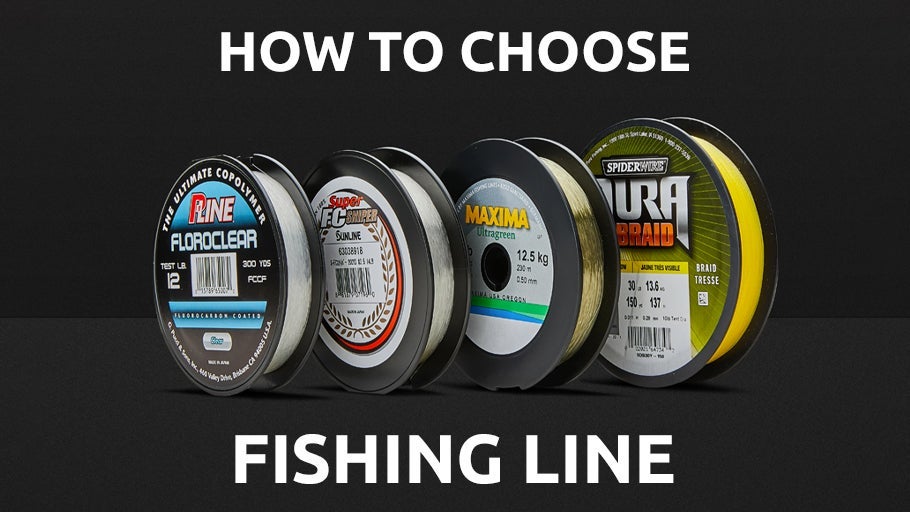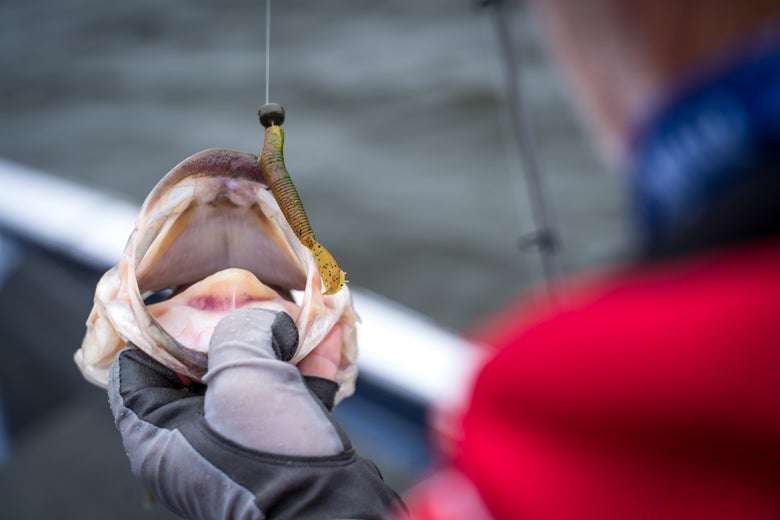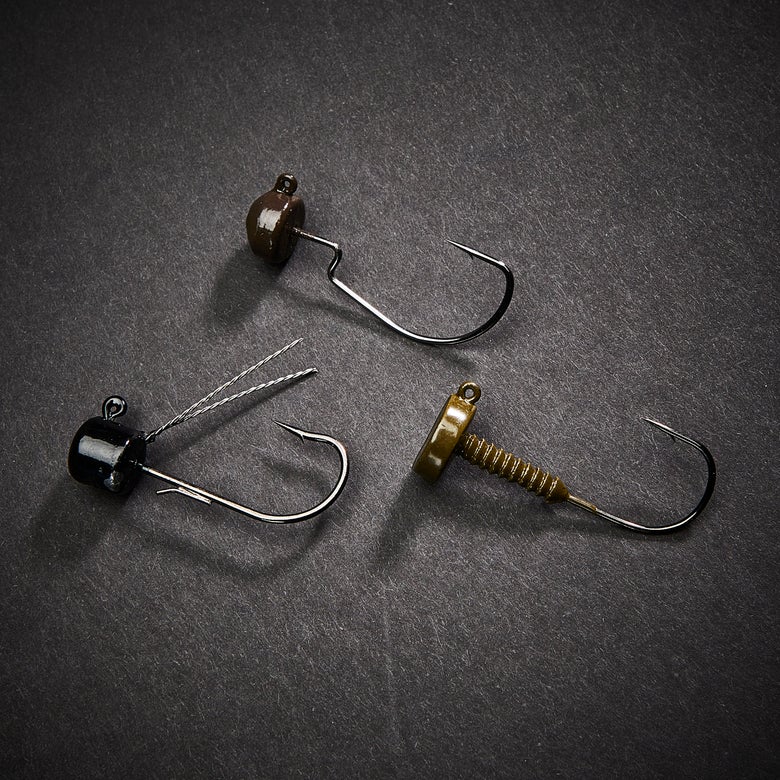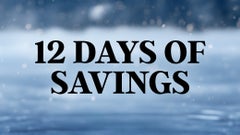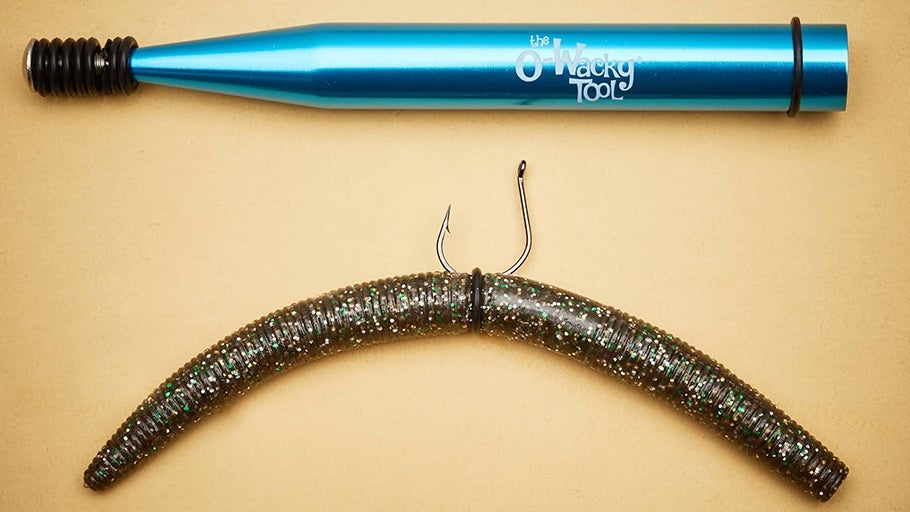
Ned Rigs Gear Guide
Proven to consistently produce bites when many other techniques fall short, the Ned rig has become a staple finesse tactic for many anglers due to its sheer fish-catching ability in cold weather, clear water, and highly pressured fisheries. Applicable to both the seasoned pro and novice angler, the Ned rig is a go-to for anglers looking to fill out a limit and is very simple to fish, making it a great choice for introducing a beginner to bass fishing.
The Ned rig offers universal appeal for all species of bass and is exceptionally deadly for targeting smallmouth and spotted bass throughout the country, providing opportunities to catch numbers, big fish, and even other species like trout and panfish. This gear guide will go over all the best equipment for throwing the Ned rig, explore open water versus shallow-cover rigging methods, and provide some helpful tips to give you an advantage the next time you hit the water.
Ned Rig Rods
While Ned rigs can be thrown on most spinning rods, there are a few things you’ll want to keep in mind when rigging up for this popular finesse technique. A medium to medium-light powered rod will provide plenty of power without bending out a light-wire Ned hook, and a fast or extra-fast taper will load the rod tip quickly into backbone for positive hooksets. While opinions vary in terms of length, most prefer a longer spinning rod in the 6”10 – 7’4” range as the added length increases casting distance.
Ned Rig Reels
Most spinning reels in the 2000 to 4000 size range will get the job done for Ned rigs, however, the trend in recent years has been leaning toward the larger-size reels, as they can offer less line memory and pick up more inches of line per handle turn. Picking up line quickly can be crucial for maximizing fishing time and catching up to fish on a long cast. Again, it’s important to remember that Ned heads often utilize light-wire finesse hooks, so always set your drag before you start fishing and consider adjusting the drag pressure during the fight if needed.
Ned Rig Line
In order to capitalize on subtle bites when using finesse tackle, most anglers will look to use a braided mainline with a fluorocarbon leader to boost sensitivity. For Ned rig applications, brightly colored hi-vis braided lines in the 10- to 20-lb range paired with 4- to 10-lb fluorocarbon leaders fit the bill for most anglers. Braided line offers zero stretch for greatly improved sensitivity, and the fluorocarbon leader works to disguise your presentation from wary predators. Ned rigs excel when fished in deep water during the coldest and hottest months of the year, so consider extending your leader lengths anywhere from 15- to 30-feet when fish move to their summer and winter haunts.
Modifications & Rigging
While traditional Ned-style jig heads feature an exposed hook that provides excellent hook-up ratios, they’re also prone to hanging up easily, so you may have to explore alternate rigging methods when fishing around vegetation and cover. With a surge in popularity over recent years, most major brands now offer a wide variety of ‘weedless’ Ned head options equipped with wire weed guards or offset wide gap hooks to help conceal the hook point.
The Ned rig requires perfectly straight rigging to achieve the best action, so be mindful when threading your soft plastics on the hook as a twisted-up Ned worm has a greater tendency to spiral on the fall and introduce twist into your line. It’s also a good idea to use superglue while rigging up so you can lock your Ned plastics perfectly flush to the jig head. This works particularly well when using durable soft plastics like Elaztech and greatly extends the life of your baits while keeping them nicely in position.
You can avoid frustration when fishing around vegetation or extremely heavy cover by using a weedless Ned rig or ‘tiny child’ rig. Instead of using a traditional Ned jig head, try Tex-posing the tail of your Ned worm with a small offset worm hook and insert a nail weight to create a completely weedless presentation that comes through brush, grass, and laydowns without constantly hanging up. Check out our "How To Rig a Weedless Ned Rig" video with Jake for an in-depth look at the rigging process:
Colors
Green pumpkin provides an excellent starting point for just about any soft plastic, but you’ll also want to have some baitfish or crawdad hues at your disposal. Despite their subtle action and diminutive appearance, Ned rigs are a great tool for mimicking a wide range of forage that bass love to feed on, including crawfish, gobies, and baitfish. When selecting colors, pick a few natural colors that emulate popular bass snacks and then dial in what’s working best throughout a day of fishing. It’s also a good idea to get in the habit of keeping some colored dye or scent markers on hand so you can accent your baits and adapt to changing conditions.
Ned rigs have grown to be one of the hottest bass fishing techniques in recent years and have emerged as a go-to finesse tactic for many anglers, much like a drop shot or shakey head. The perfect choice for tough fishing conditions, the Ned rig is a must-have finesse offering for any angler faced with clear water, post-frontal weather, and intense fishing pressure!
Related Articles


